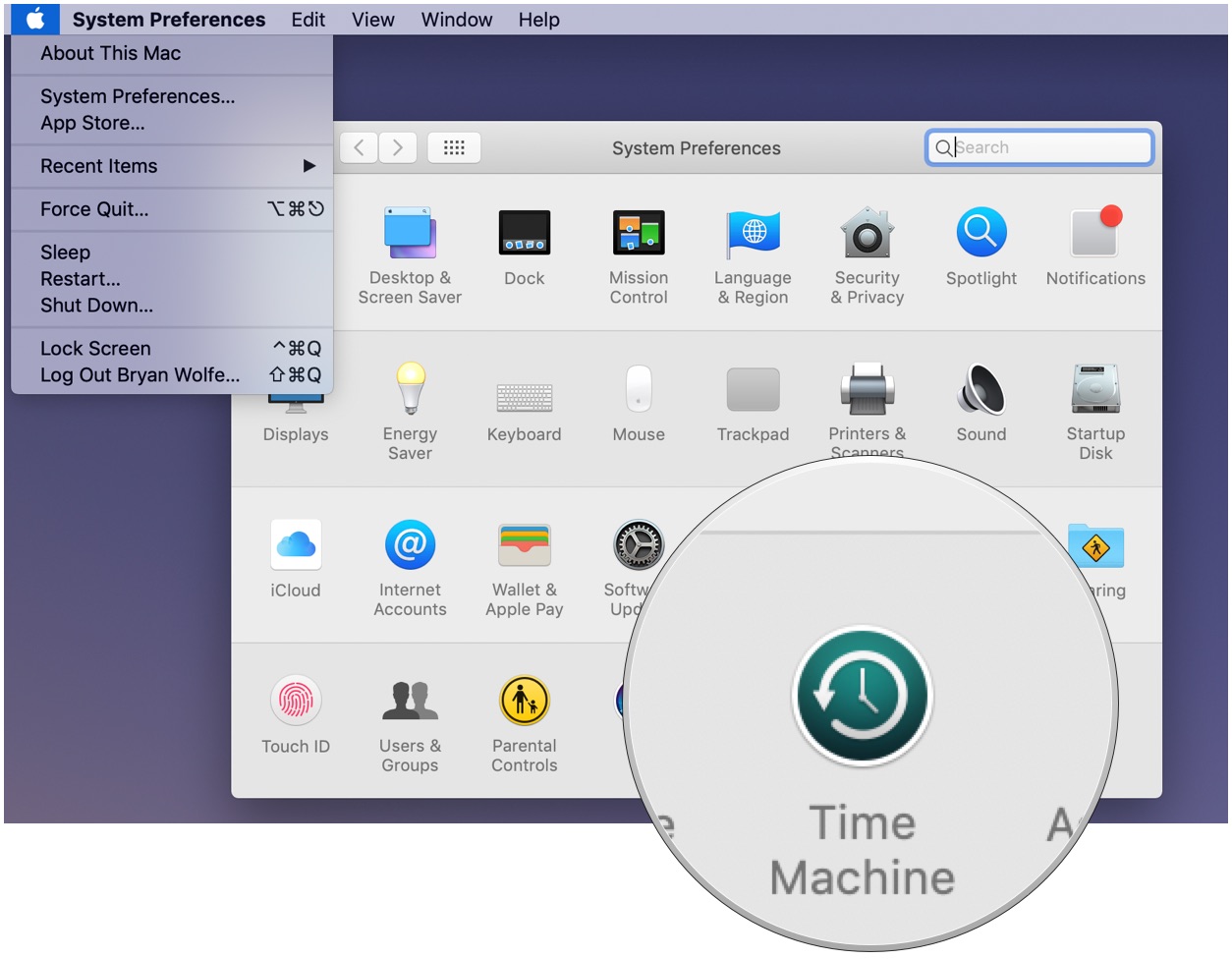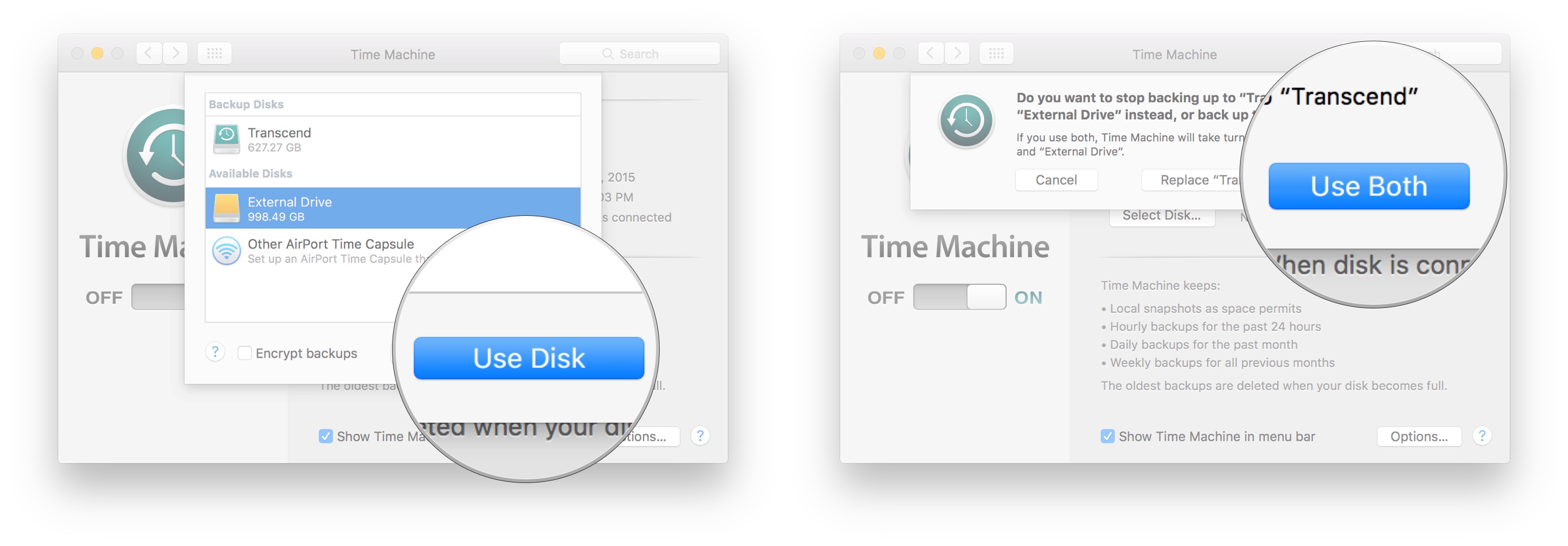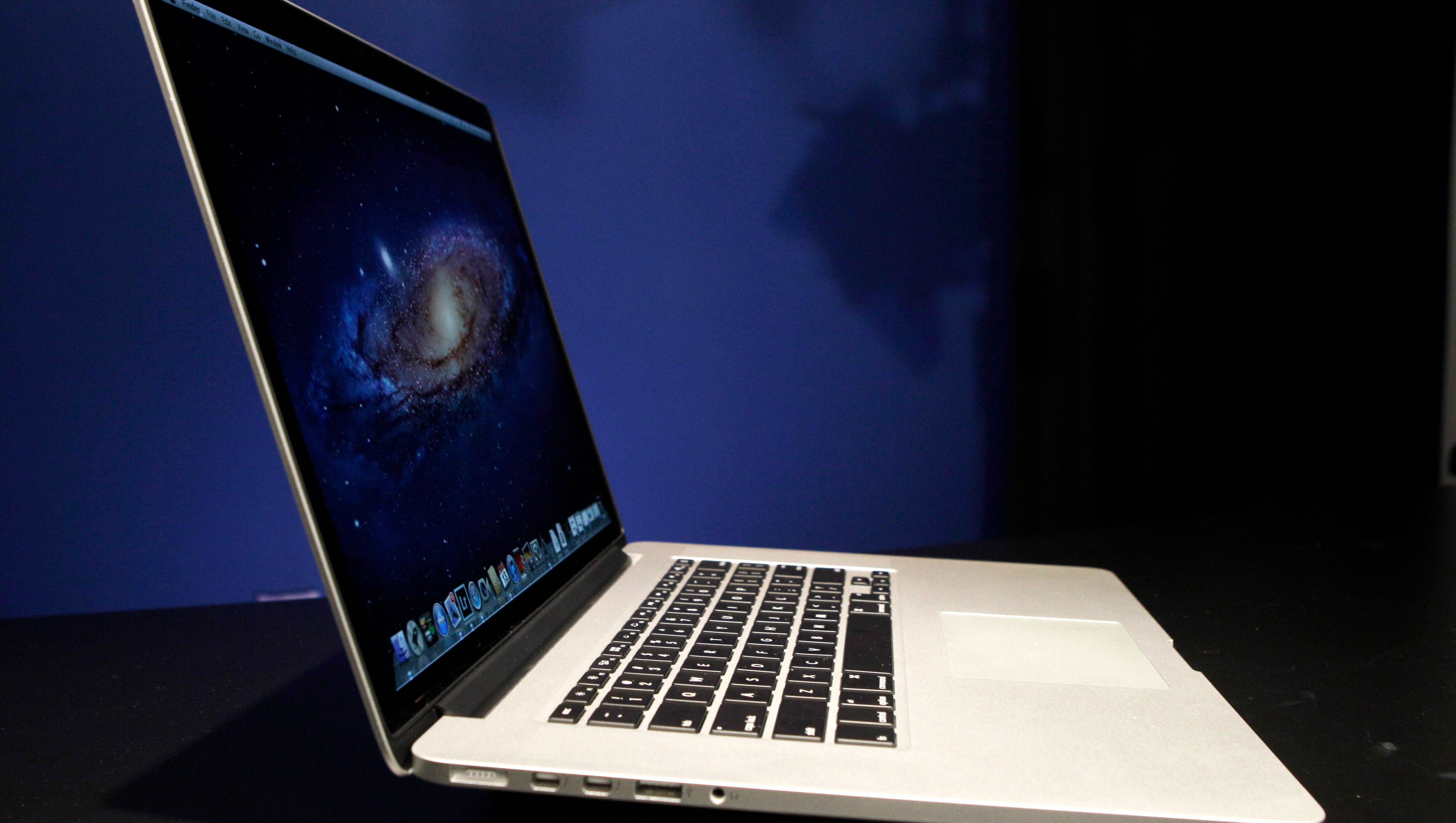

- #How to access time machine on mac how to#
- #How to access time machine on mac zip#
- #How to access time machine on mac mac#
When you have macOS 10.13 or newer, you’ll need to limit storage space on the destination side. Replace XX by the number of megabytes that you want to use. sudo defaults write /Library/Preferences/ MaxSize -integer XX If you have macOS 10.12 or earlier, you have the option to limit the backup size that Time Machine creates by using terminal commands. You can also pick whatever number best suits your needs, but it should be equal to or greater than what you already have. That means an iMac with a 1 TB HDD setup would want to use a 1.5 TB external drive to manage the compressed files. Unless you don’t want to keep any of your information local (defeating the need for Time Machine), an external storage drive is the best way to preserve the disk images that the service creates.Īs a best practice, your setup should use an external HDD with 150% of the capacity your internal storage offers.

Once you start using Time Machine to create information backups, you’ll discover that the service can begin taking up all of your internal storage.

If you want, you can also select to show Time Machine in the menu bar by checking the appropriate box.
#How to access time machine on mac how to#
How to Create a Time Machine BackupĪs part of your initial Time Machine settings, it’s a good idea to enable automatic backups first. Step 3:You’ll receive another set of options, with Time Machine being one of them. Step 2:When the dropdown set of choices appears, you’ll want to select System Preferences. Step 1:Select the Apple logo from the left side of your menu bar.
#How to access time machine on mac mac#
You’ll want to follow these steps to ensure you can start using Time Machine on Mac successfully.

Since the Time Machine backup operates in the background automatically, you don’t need to access the service repetitively to continue saving your folders and files. If it is already operating, you’ll see choices that reflect the actions you can perform with this service.įor the average user, the only step you need to know for using Time Machine is to understand how to activate the service. Older operating systems sometimes have it as an independent option that you can select through Launchpad.Ĭlick on the Time Machine option to begin the activation process. If you didn’t turn this feature on during your macOS system’s initial setup phase, you could find it available in your System Preferences menu. When Time Machine saves an image, you keep the last few versions available locally to revert back to a previous setup if an error develops on your computer. You must activate it to take advantage of these benefits. This option provides a straightforward way to preserve your data’s integrity if something unexpected happens. Your Mac operates Time Machine in the background. That information gets compressed into a single file that contains everything. Instead of creating one file out of a few documents or pictures, Time Machine takes an image of your entire drive.
#How to access time machine on mac zip#
zip before, the process is somewhat similar. If you have ever compressed a file into a.


 0 kommentar(er)
0 kommentar(er)
